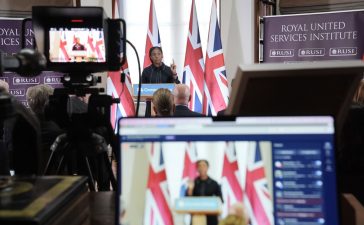
© Reuters. FILE PHOTO: U.S. Dollar banknotes are seen in this illustration taken July 17, 2022. REUTERS/Dado Ruvic/Illustration
By Ankur Banerjee
SINGAPORE (Reuters) – The U.S. dollar swayed on Friday, flirting with seven-month lows after a sharp dive overnight as data showed U.S. inflation was slowing, boosting hopes of the Federal Reserve taking its foot off an aggressive interest rate hike policy.
{{2126|The do, which measures the U.S. currency against six others, rose 0.059% to 102.220 but was languishing around its lowest level since June.
The euro was up 0.03% to $1.0849, having touched fresh nine-month high earlier in the session. was last trading at $1.221, up 0.08% on the day.
U.S consumer prices surprisingly fell for the first time in more than 2-1/2 years in December, with Federal Reserve policymakers expressing their relief and paving the way for the central bank to slow the pace of monetary tightening.
Traders of futures tied to the Fed’s policy rate bet heavily on a downshift to quarter-percentage-point rises starting at the Jan. 31 to Feb. 1 meeting and a pause just below 5%, with interest rate cuts priced in for later in the year.
The U.S. central bank in December raised interest rates by 50 basis points but said it would need to keep them higher for longer to tame inflation.
“Hikes of 25 basis points will be appropriate going forward,” Philadelphia Fed president Patrick Harker said in a speech to a local group in Malvern, Pennsylvania.
Carol Kong, a currency strategist at Commonwealth Bank of Australia, said the Fed would likely take comfort in the inflation report and the U.S. dollar would continue to ease.
“Even though we are likely seeing the peak in the dollar, there is still some room for the dollar to strengthen temporarily,” Kong said, citing the economic slowdown anticipated around the world.
Meanwhile, the yen strengthened 0.12% to 129.10 per dollar, having touched a fresh seven-month high of 128.65 per dollar earlier in the session.
The yen has been buoyed on rising speculation that the Bank of Japan (BOJ) will review the side effects of its monetary easing at next week’s policy meeting.
The Australian dollar fell 0.11% to $0.696, while the fell 0.34% to $0.637.











